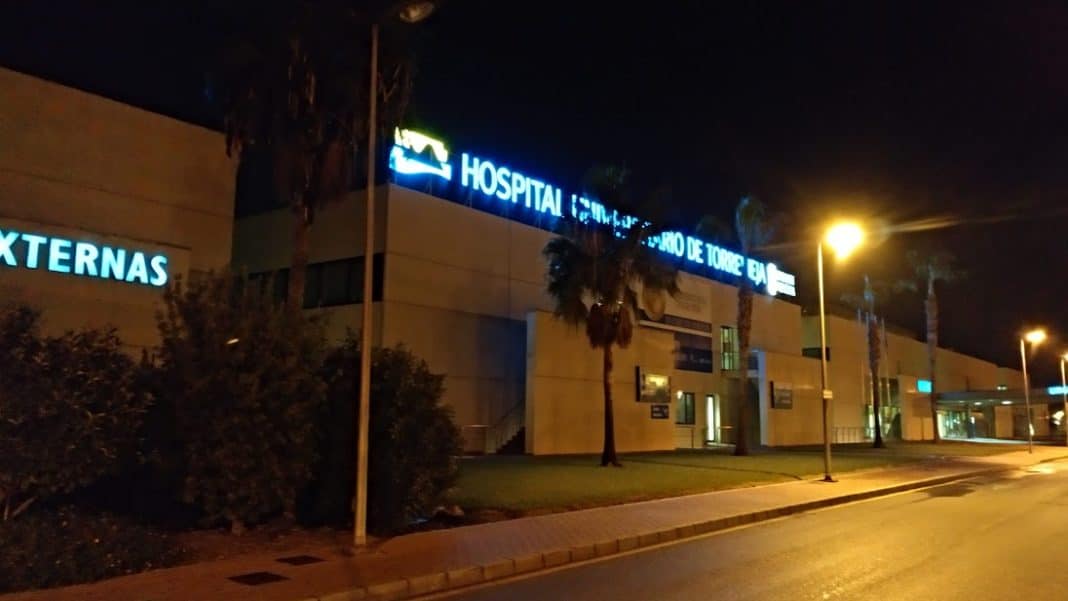The budgets of the Generalitat Valenciana for 2023 contemplate an investment of 41.4 million euro from the Department of Health for services in the Vega Baja.
In the Orihuela health department, with an investment of 30.4 million, the expansion of the Vega Baja Hospital stands out among all the actions. In August, the Minister of Health, Miguel Mínguez, presented the project at the hospital and at the end of October the works were awarded for 62.5 million, and work is expected to begin in early 2023. It is a multiannual investment, so for the 2023 budget an item of 29.34 million is included. These works will increase the area by 40% with two new buildings attached to the current one and with an increase in hospitalisation capacity with 52 new beds.
Also, in the area served by the Orihuela health department, the investment of 400,000 euro is contemplated for a new auxiliary clinic in Redován, 200,000 euro for a new health centre in Algorfa, and the reform and expansion of the Albatera health centre, for which 500,000 euro has been allocated.
As for the Torrevieja health department, the budget is much less, but it still amounts to 11 million euro. Of these, 8 million correspond to the University Hospital, of which 5 million will be allocated to the expansion of the hospital itself and 3 million to the incorporation of new equipment.
For the area served by the Torrevieja health department, the budget also includes the expansion of the Guardamar del Segura and Orihuela Costa health centres, both with an investment of one million euro each. In the latter case, it is expected that the tender for the drafting of the project and construction management will be done before the end of this year. There is also another million euro for the incorporation of new equipment distributed throughout the health department.
La Vega Baja is the only region in the Valencian Community that has specific and broken-down accounts within the framework of the Generalitat’s budgets. Of the 157 million budgeted for the region in 2023, sanitary infrastructures are the second area with the highest investment (41.4 million), very close to investments to reduce the risk of flooding (42.9 million). The rest is distributed with 38.6 million for educational infrastructure, 17.4 for road infrastructure, 10.8 million for water treatment, 5.7 million for agricultural infrastructure and water use and 987,000 euro for other investments.





